Hair Regeneration in Japan: Stem Cell Therapy Costs Explained
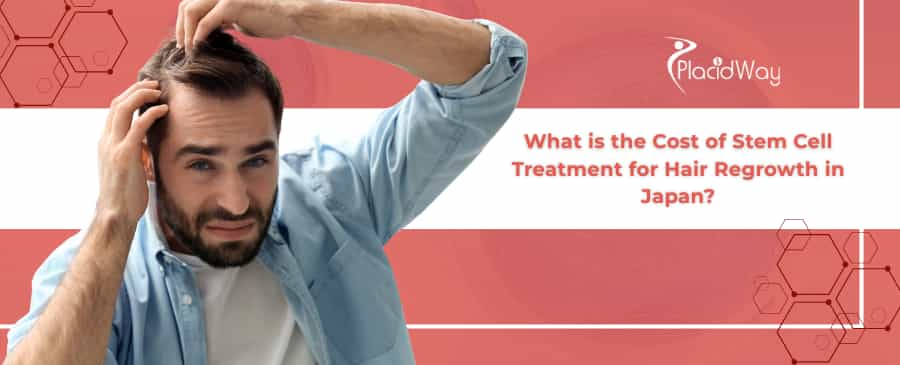
Japan is widely recognized as a global pioneer in regenerative medicine, and for good reason. The country has established some of the world's most advanced regulations and research centers dedicated to stem cell therapy. If you are noticing thinning hair or early signs of balding, you might be considering Japan as a destination to access these cutting-edge treatments.
However, navigating the pricing can be confusing because stem cell treatment in Japan can refer to two very different things: direct stem cell transplantation (which is rare and expensive) or the more common "culture supernatant" (exosome) therapy. In this guide, we will break down exactly what you are paying for, the hidden costs, and how Japan compares to other countries.
What is the average price of stem cell hair therapy in Japan?
When you look at price lists for Japanese clinics, you will see a massive variance in numbers. This is primarily because there are different "tiers" of treatment. The most common and affordable option is Stem Cell Culture Supernatant (often called "StemSup" or Exosome therapy). A single session for this might start as low as ¥40,000 ($260), but effective treatment usually requires a package of 6-12 sessions, bringing the total average to around ¥500,000 ($3,300).
On the other end of the spectrum is Autologous Adipose-Derived Stem Cell Therapy. This involves harvesting your own fat, processing it in a regulated Cell Processing Center (CPC) to isolate live stem cells, and re-injecting them. Because of the strict laws (ASRM) and laboratory costs involved, this is a premium service. Prices for this specific procedure often start at ¥1,100,000 ($7,300) and can go up to ¥2,750,000 ($18,300) depending on the clinic's reputation and location in districts like Ginza or Shinjuku.
It is vital to ask the clinic specifically which type of treatment the price covers. Many clinics market "stem cell therapy" when they are actually offering cell-free supernatants, which explains the lower price point.
What is the difference between Culture Supernatant and Autologous Stem Cell Therapy?
Understanding this distinction is the single most important factor in understanding the cost. Autologous Stem Cell Therapy uses your own living cells. A doctor performs minor liposuction to extract fat, sends it to a lab to expand the stem cell count, and then injects these live cells into your scalp. These cells can differentiate and actively repair the follicle environment. This is labour-intensive and strictly regulated, hence the high cost ($10,000+).
Stem Cell Culture Supernatant (Exosomes), on the other hand, does not contain live cells. It is the "soup" that stem cells grew in. It is packed with cytokines, growth factors, and exosomes (messenger signals) that tell your existing hair follicles to grow. Because there are no live cells to manage, it is safer, easier to store, and significantly cheaper ($200 - $1,000 per vial). Most "stem cell hair treatments" advertised to tourists in Japan are actually this supernatant/exosome therapy.
How much does Exosome hair therapy specifically cost in Japan?
Exosome therapy is currently the trending treatment in Tokyo clinics. The price depends heavily on the source of the exosomes. You will typically find three types:
- Adipose-derived (Fat): The most common and affordable.
- Dental Pulp-derived: Often touted as having higher potency for neuro/hair regeneration, sometimes priced 20-30% higher.
- Umbilical Cord-derived: Considered the "premium" option due to the youth of the source cells, often costing ¥100,000+ per vial.
Clinics often sell these in packages. For example, a clinic might offer a single trial session for ¥40,000, but a "complete hair restoration course" of 6 sessions might be priced at ¥450,000 ($3,000). Always check the concentration (cc) being used; some low prices assume 1cc, while a full scalp treatment might require 3cc-5cc.
What factors influence the price of stem cell hair treatment?
Beyond just the type of treatment, the location plays a huge role. Clinics in luxury districts like Ginza or Omotesando in Tokyo pay massive rents, and this is reflected in their pricing. You might find the exact same treatment protocol in Osaka or Fukuoka for 20-30% less.
Another factor is the delivery method. Simple injections are standard, but some clinics use "non-needle" high-pressure jet injectors or combine the treatment with microneedling or lasers to increase absorption. These "combo treatments" will naturally drive up the price. Finally, the volume matters—treating a receding hairline requires less product than treating diffuse thinning across the entire top of the scalp.
Detailed Cost Comparison: Japan vs. Turkey vs. USA
It is helpful to see how Japan stacks up against other major medical tourism hubs. Japan positions itself as a premium, high-safety destination, whereas Turkey is volume-driven and cost-effective.
| Country | Treatment Type | Estimated Cost (USD) | What's Included? |
|---|---|---|---|
| Japan | Culture Supernatant / Exosomes | $2,000 - $5,000 (Course) | Treatment only (high safety standards) |
| Japan | Autologous Stem Cell Transplant | $10,000 - $20,000+ | Cell processing, surgery, injections |
| Turkey | Stem Cell (often Regenera Activa) | $2,000 - $4,000 | Often includes hotel, transfers, and sometimes a transplant |
| USA | Exosomes / PRP + Stem Cells | $5,000 - $15,000 | Treatment only (consultations extra) |
| South Korea | Stem Cell / Growth Factors | $3,000 - $8,000 | Treatment, sometimes scalp scaling/care |
If your primary goal is saving money, Turkey remains unbeatable, often bundling stem cell therapy with a hair transplant for less than the cost of just the stem cell injections in Japan. However, patients choose Japan for the assurance of safety and the rigorous government oversight of cell processing facilities.
Is stem cell hair treatment legal in Japan?
Japan is one of the few countries with a comprehensive legal framework specifically for regenerative medicine. The Act on the Safety of Regenerative Medicine (ASRM) was enacted in 2014. It categorizes treatments by risk level. Live stem cell transplants are "Class II" or "Class III" risks and require the clinic to submit detailed plans to the Ministry of Health, Labour and Welfare (MHLW) and use a certified Cell Processing Center.
This legal framework is a huge benefit for patients. It means that if you go to a licensed clinic, you know the cells have been processed in a clean, sterile, and regulated environment. You can actually check if a clinic has a notification number with the MHLW before booking. This level of government oversight is rare in other parts of the world.
Is this treatment covered by Japanese health insurance?
Like most aesthetic procedures, hair restoration is considered non-essential. Therefore, you will have to pay 100% of the cost out of pocket. This applies to both Japanese citizens and international visitors. Payment is usually required upfront, often before the treatment cycle begins.
Some clinics may offer "medical loans" for residents of Japan, but international tourists will typically need to pay via credit card or wire transfer. Be aware that some clinics add a surcharge for credit card payments or international cards, so it is wise to clarify payment methods during your consultation.
What is the success rate of stem cell hair regrowth in Japan?
It is important to manage expectations: stem cell therapy is not a "cure" for baldness, especially if the hair follicles are completely dead (shiny bald skin). The treatment works best for patients with thinning hair or early-stage alopecia where the follicles are still alive but dormant.
Japanese clinics tend to be very data-driven. Many will perform a "trichoscopy" (microscopic scalp analysis) before and after to count the hair density. "Success" usually means a thickening of existing hair shafts and the reactivation of dormant follicles, leading to better coverage. Complete regrowth of a full head of hair on a bald scalp is generally not a realistic outcome for this therapy alone.
Who is the ideal candidate for this procedure?
Stem cell therapy relies on signaling existing cells to repair themselves. If there is no follicle left to receive the signal, the treatment will not work. Therefore, the best candidates are:
- Men with early receding hairlines or thinning at the crown.
- Women with diffuse thinning (widening part line).
- Patients who want to avoid surgery (like hair transplants).
- Patients looking to strengthen hair before or after a transplant.
If you have been completely bald in an area for many years, a traditional hair transplant (FUE) is likely the only solution that will provide coverage. However, some patients do both: a transplant for coverage, and stem cells to improve the quality of the remaining hair.
What are the risks and side effects?
Because most treatments in Japan use cell-free supernatants (exosomes), the risk of tumor formation or rejection is virtually non-existent. The body recognizes the growth factors but does not have to deal with foreign DNA or live cells in the same way.
For autologous live cell therapy, there is a slightly higher risk profile simply because it involves a minor liposuction procedure to harvest fat, which carries standard surgical risks like bruising or infection. However, Japan's strict CPC regulations minimize the risk of sample contamination. You may feel a "heavy" sensation in the scalp for a few hours post-injection, but most people return to normal activities immediately.
How many sessions are required for visible results?
One-off treatments are rarely enough to reverse years of hair loss. Hair grows in cycles, and you need to stimulate the follicles consistently to push them into the "Anagen" (growth) phase. A typical Japanese clinic protocol involves an initial intensive phase (e.g., one injection every 3 weeks for 4 months) followed by maintenance sessions every 6-12 months.
If a clinic promises a "one-shot miracle cure," be skeptical. Sustainable results in regenerative medicine almost always require a cumulative approach.
How long is the recovery time?
This is often marketed as a "lunchtime procedure." The actual injection process takes about 30 to 60 minutes. There are no bandages and no stitches (unless you underwent liposuction for autologous fat harvesting). You might have some small red bumps on your scalp where the needle entered, but these typically fade within a day.
Doctors will advise you not to use hair wax, sprays, or harsh shampoos for at least 24 hours to allow the injection sites to close and prevent infection. Saunas and swimming pools should also be avoided for a few days.
Can international patients get stem cell treatment in Japan?
Tokyo and Osaka have seen a boom in "inbound" medical tourism. Many high-end clinics now have English-speaking staff or translators on hand. However, the documentation—especially for the more regulated autologous treatments—can be extensive. You will need to sign consent forms that explain the experimental nature of the treatment.
It is highly recommended to use a medical tourism facilitator or contact the clinic via email well in advance. Walking in off the street is rarely possible for these specialized treatments, as the lab often needs to prepare the serum or schedule the cell processing beforehand.
What should I look for in a Japanese stem cell clinic?
Transparency is your best friend. A reputable clinic will be proud of its compliance with the Act on the Safety of Regenerative Medicine. They should be able to tell you exactly where the exosomes come from (e.g., "We source from a domestic CPC using Japanese umbilical cords" vs. "We import from overseas").
Also, look for "Before and After" photos that are consistent. Avoid clinics that use generic stock photos. Ask to see case studies of patients with a similar hair loss pattern to yours.
Why is Japan considered a leader in regenerative medicine?
Japan is not just following trends; it is setting them. Since they won the Nobel Prize in 2012 for induced pluripotent stem cells (iPSCs), the Japanese government decided to make the country a hub for this science. They passed laws that allow regenerative treatments to be offered to patients faster than in the US, provided safety is proven.
This "conditional approval" system means that innovative therapies reach clinics in Tokyo years before they might be approved by the FDA in the US. For hair loss sufferers, this means access to the absolute latest generation of exosome and growth factor treatments.


.png)

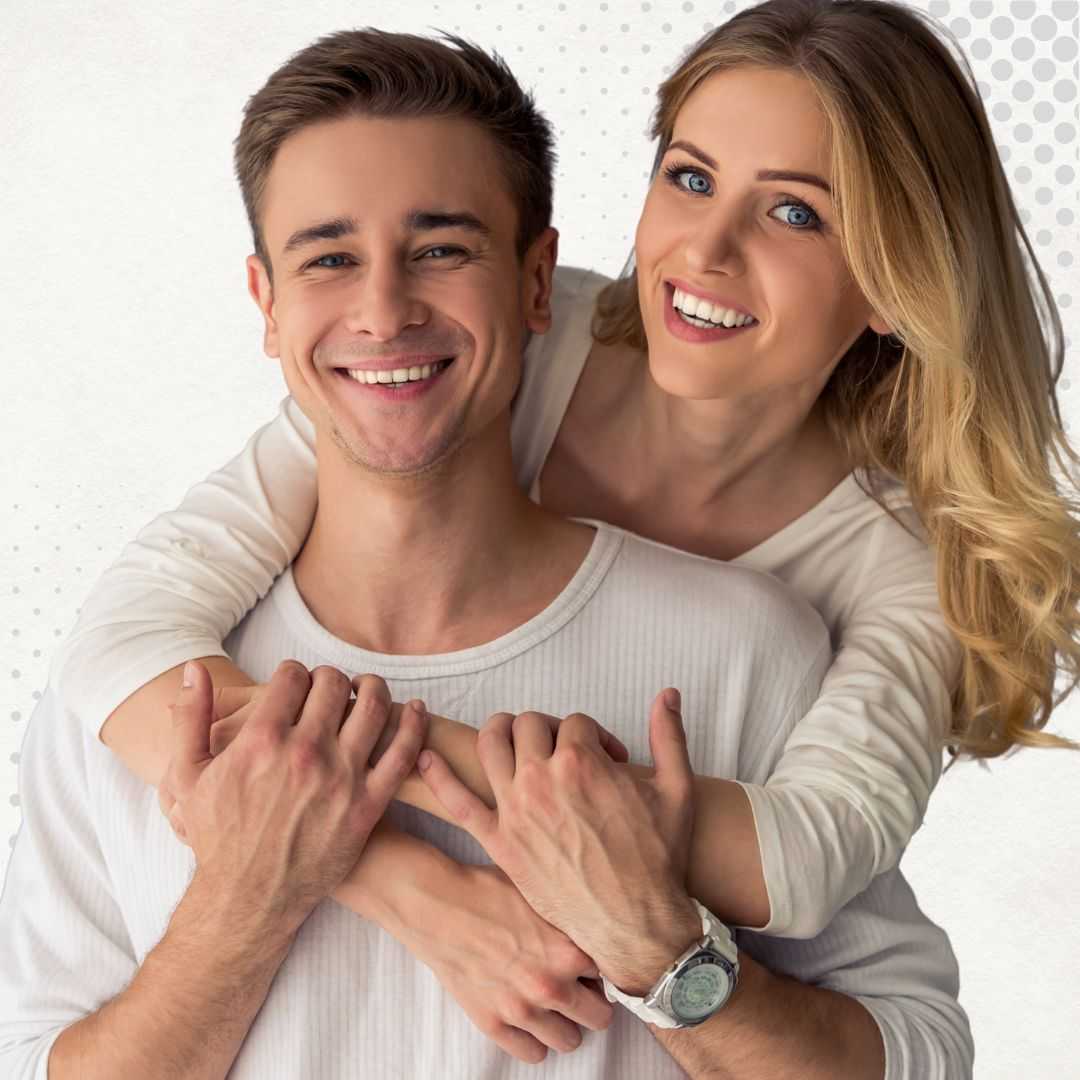


.png)
.png)
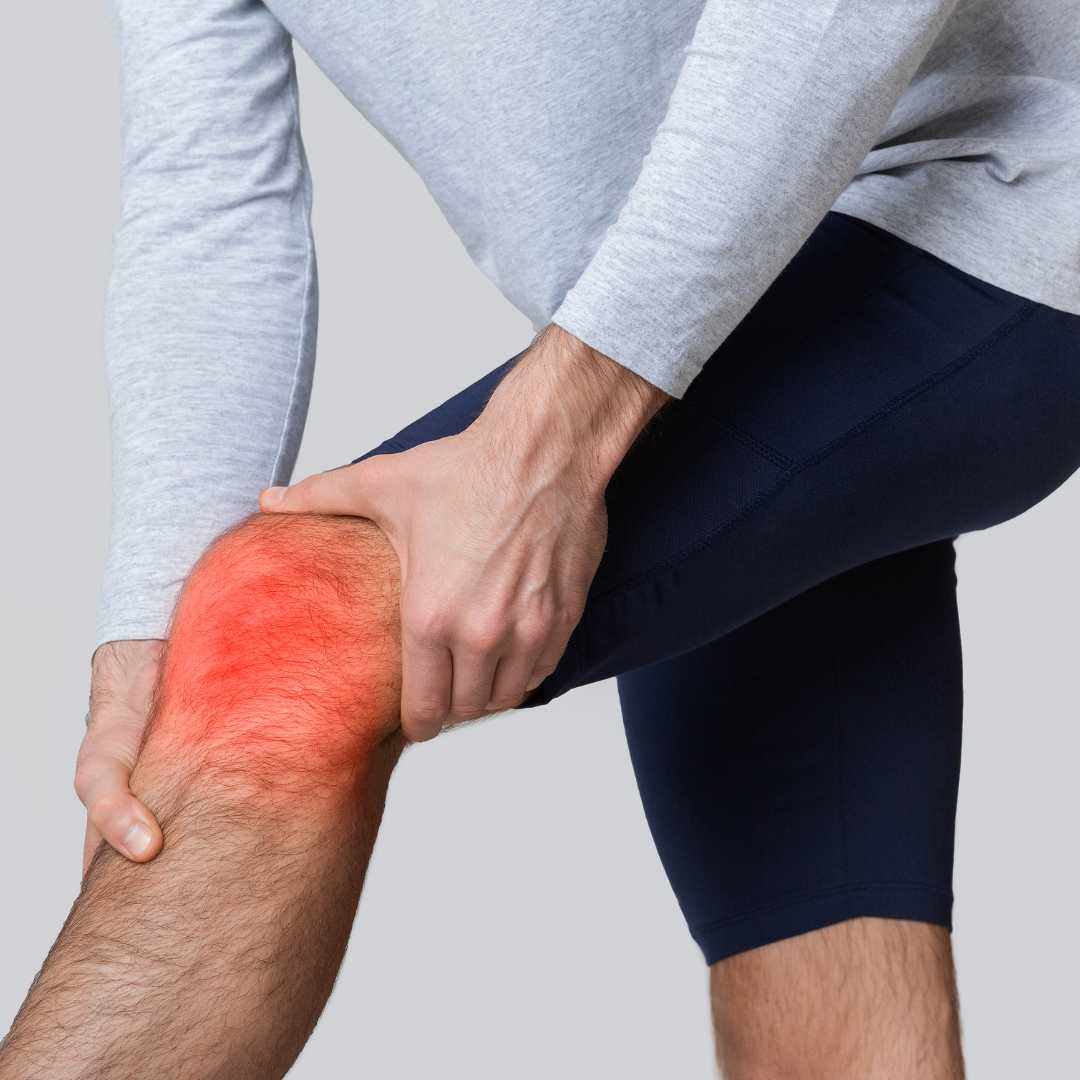
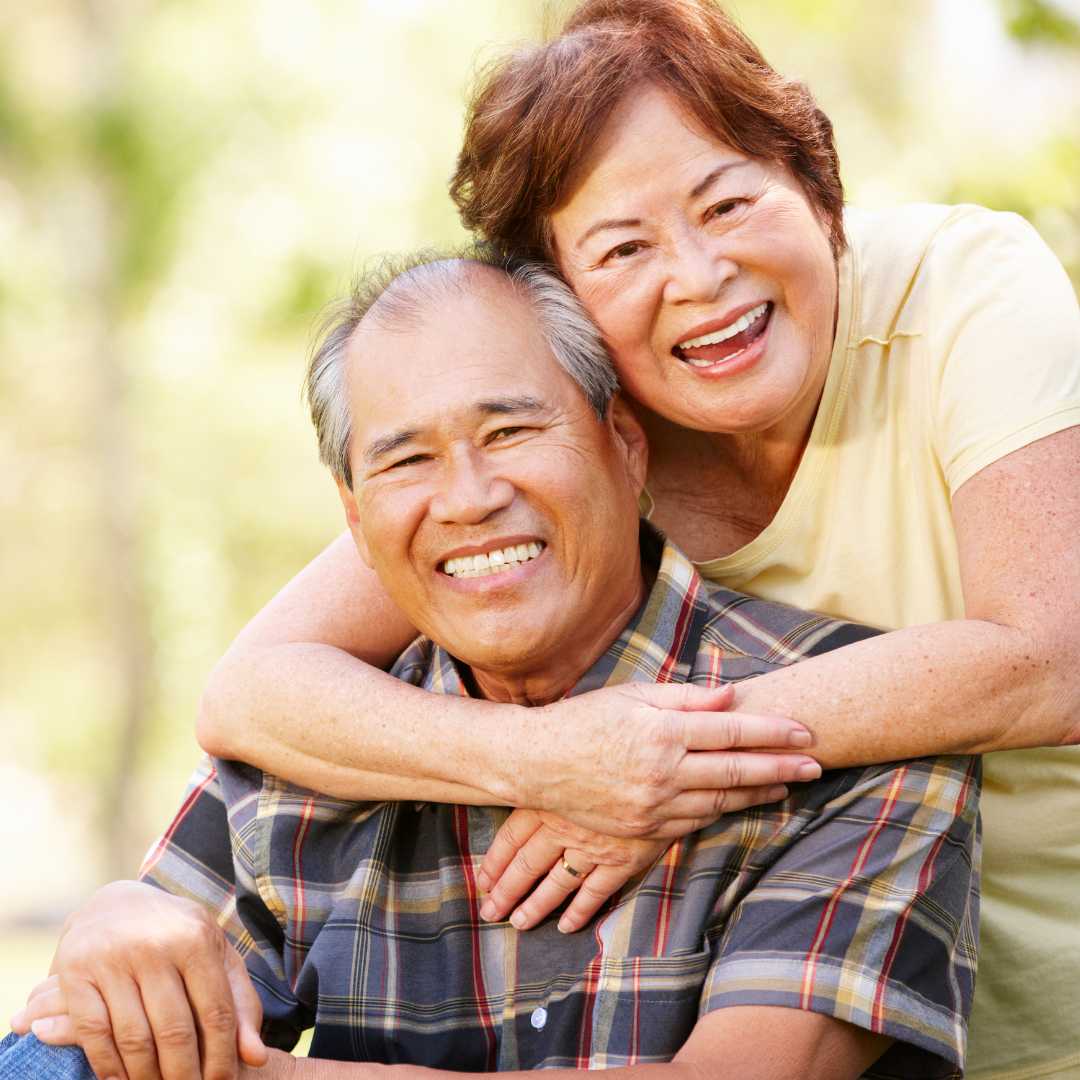
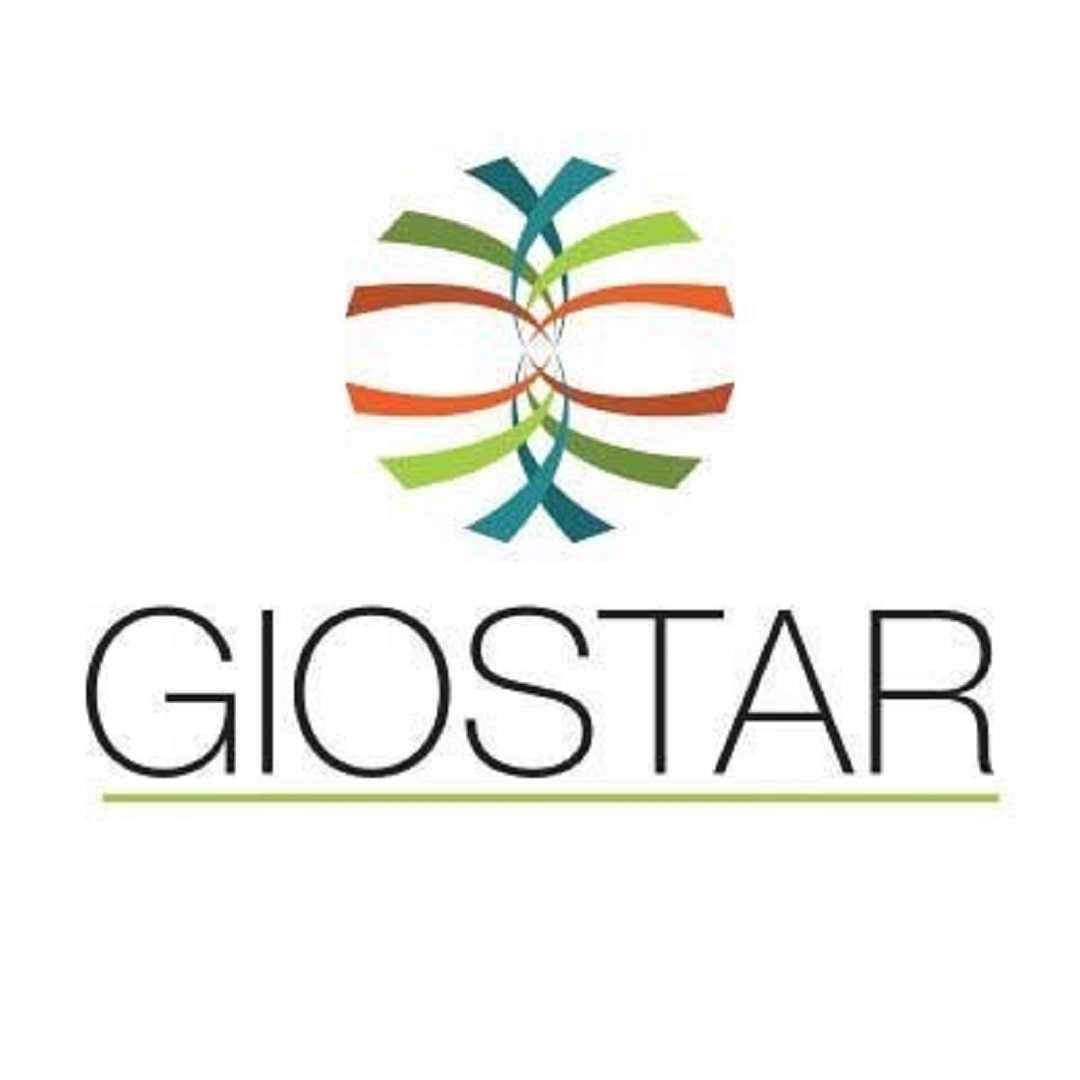

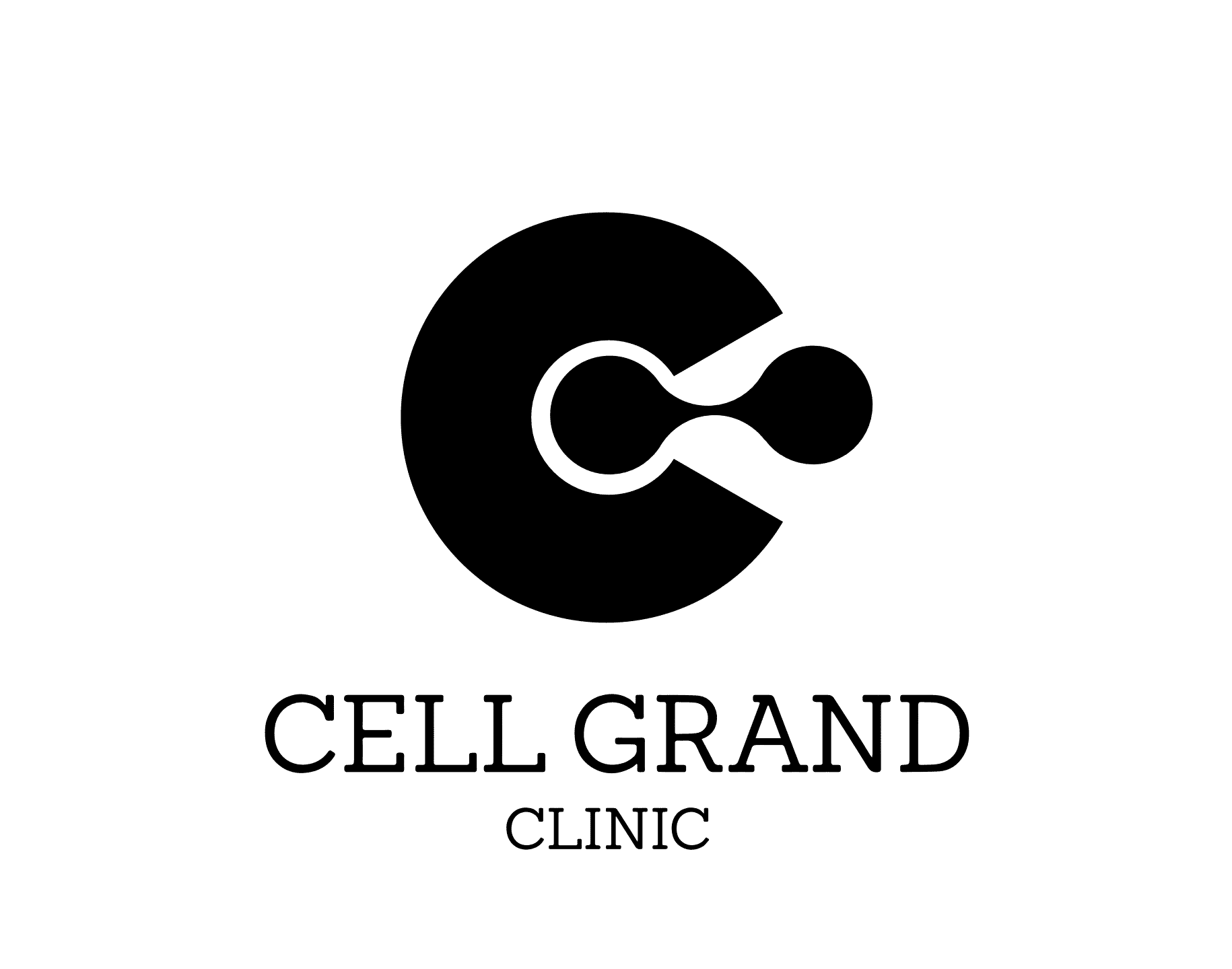
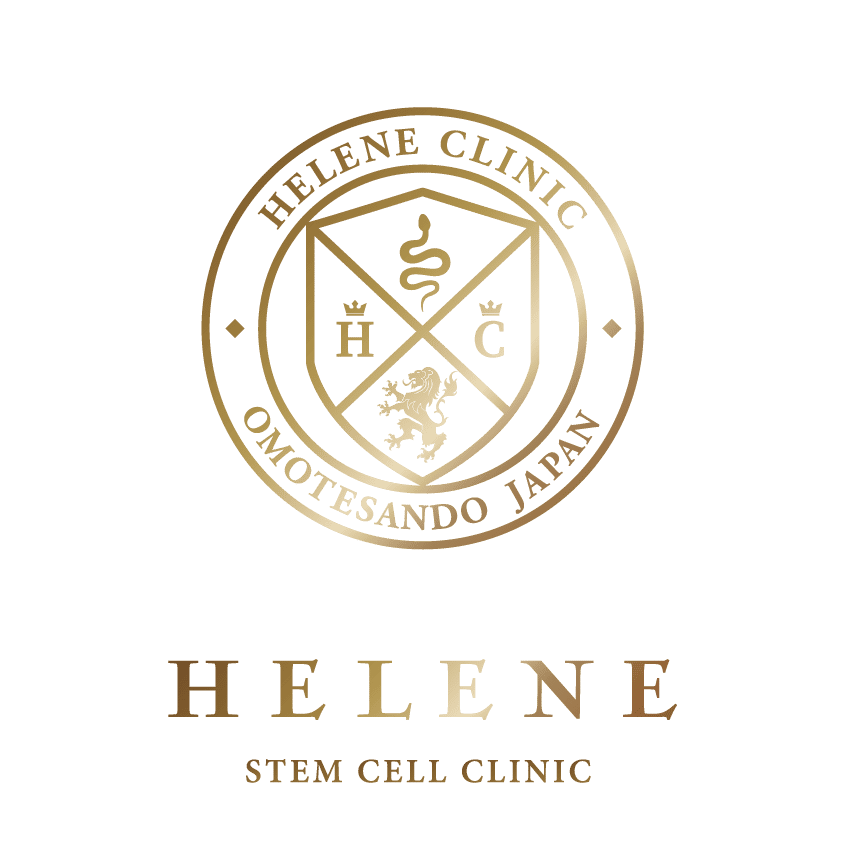

Share this listing